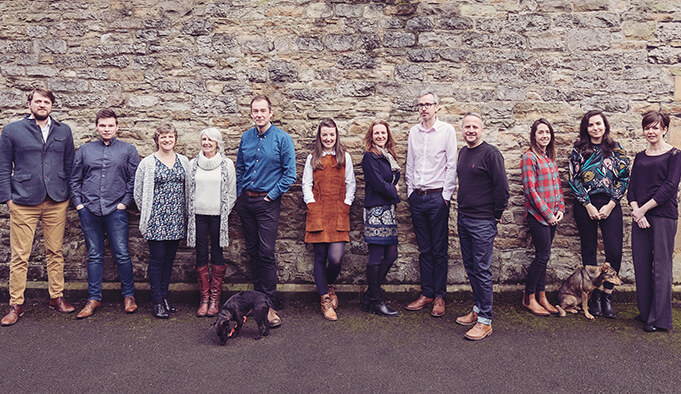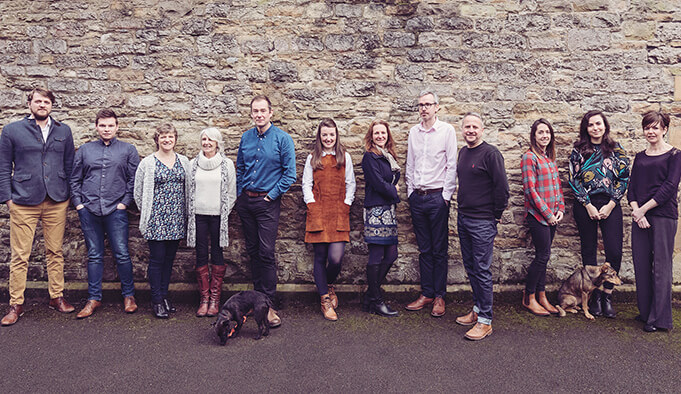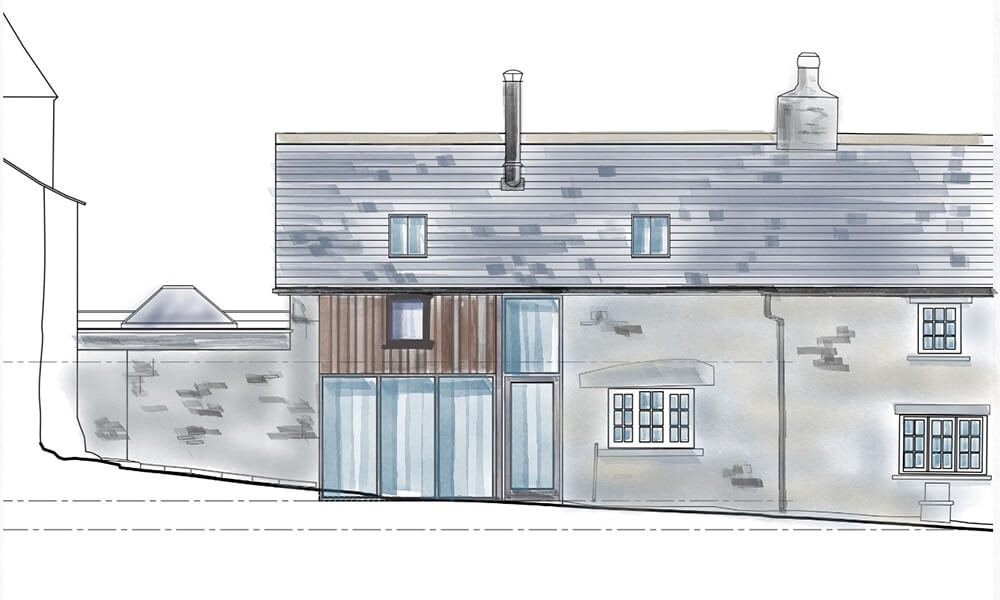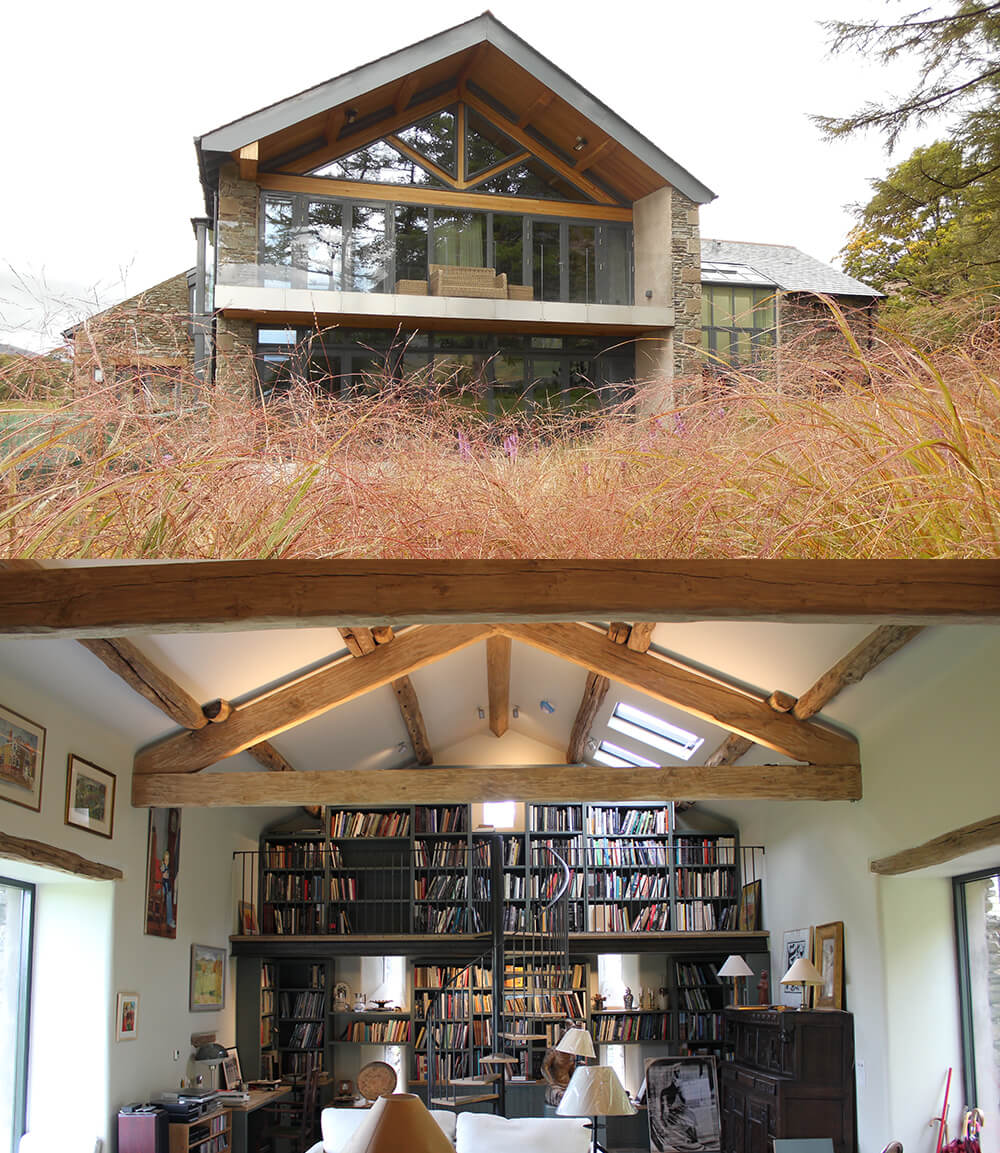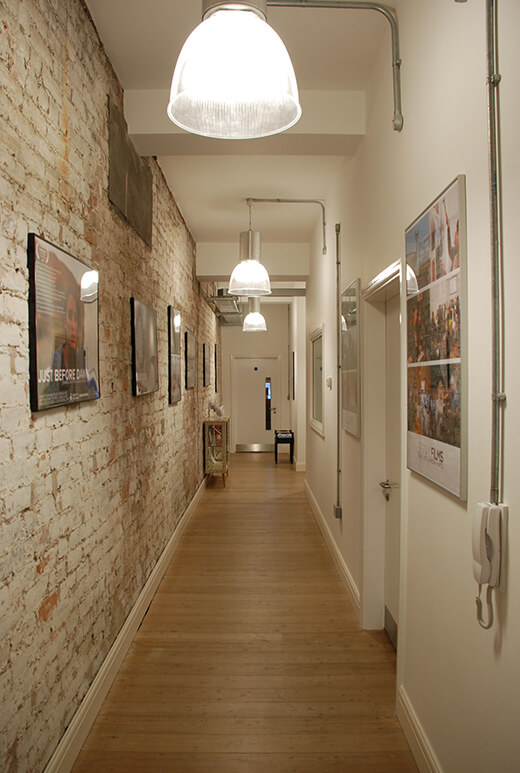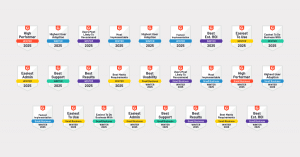John Coward Architects (JCA) director Mike Darwell knew there were ways to make the practice more efficient in project delivery. In particular, he wanted to improve how the team of 12 (including four architects and five technical staff) managed emails and timesheets.
Up until January 2018, they used spreadsheets for timesheets and invoicing, and filed emails manually in a central server.
Each director spent, on average, five hours per week filing emails. 16 hours per week were spent by a staff member doing admin to gather all the timesheets together, record them in a central document and create invoices.
JCA installed Synergy in February and had the whole company using it within three weeks. They immediately saved those 16 hours of admin time with integrated timesheets and invoicing, and Mike Darwell — one of five directors — saved over five hours a week with email filing.
Here’s how they achieved those crucial time savings, and more.
ARCHITECTURE PRACTICE MANAGEMENT
JCA director Mike Darwell said the practice transferred from a paper-based system of time and invoicing to spreadsheets around 2005.
“We kind-of had a lag of systems and office protocols that had been paper-based that we transferred onto Excel spreadsheets,” Mike said.
“Each spreadsheet then went to one of our receptionists who typed that up onto the job timesheet, which then went to the company secretary who transferred all those entries into the project timesheets that generated the invoices and paid the staff.”
Sound familiar? This is a consistent setup for small architecture practices around the world. Hours and hours of time being consumed across the whole company — from directors, project managers, designers, and administrative staff — through manual systems.
After reading a story of another architecture firm that had adopted Synergy for its practice and project management, Mike convinced the three other JCA directors to give Synergy a go.
“Since we started using Synergy, we’ve probably saved at least two whole days of admin per week counted across all technical staff,” he said.
“The person at reception who was transferring all of our timesheets to the jobs would typically spend the whole of Monday doing just that. We’ve freed up their entire Monday.
“We’ve also ironed out human error, because we found a lot of time that was unbilled,” Mike said.
“I went through every timesheet after we’d made the switch to Synergy. It took a while, but I wanted to do the exercise to see what time we hadn’t invoiced. It was a lot. We’ve removed the errors with Synergy.
“The driver for trying Synergy was to save time. But what we found was the previous system was flawed as well. So, it’s been great. The other reason we were looking at Synergy was email.”
THE TIME DRAIN OF MANAGING PROJECT EMAILS
All project-based consulting businesses send and receive a lot of emails. Most architects and directors we speak to detest email, but it remains a vital part of communication and documentation in design project delivery.
Darwell said JCA runs an Exchange server for centrally filing emails. All directors file emails according to job and year so they all have access. “We don’t print emails anymore or save PDF copies,” he said.
“We receive so many emails… It takes maybe 30 seconds to save an email as a document and when you’re getting 200-odd emails per day, there just isn’t the time to keep doing that. As directors, we end up spending time in evenings filing our project emails to the central Exchange server.
“Now with the Synergy Outlook plugin, I can just hit the file-to-Synergy button and Synergy knows which project to save the email to because I’ve put the project number into the subject heading — which we did anyway — and it’s filed as a document in Synergy straight away.
“That means two things — anybody in the office can access that email from any of their workstations —or from anywhere, with their phone if they want — and it means we’re saving a centralised email in one place, next to the project. Everything becomes project specific.
“If we need any data for a project — be that a drawing, a file note, a letter, an email — we can now go through Synergy to the projects, rather than go to the Exchange server to look for an email, or to the CAD file on the server to look for a drawing. We’re going to one place.
“Email filing alone has the potential to save me four to five hours per week. And that’s just me.”
UNEXPECTED BENEFITS
Mike Darwell’s primary goals for the practice in adopting a new system were to be more efficient with timesheets and email. What he also discovered were huge time savings with invoicing and the liberation of being mobile through the cloud.
“I’ve been working remotely from the office for the last two days, doing a big survey in a hotel,” he said.
“I sat in the hotel bar yesterday with WiFi and I could quickly get to what I needed via Synergy. It’s brilliant.
“I do timesheets on my phone and iPad. I use the notes options, so I’ve got my notes tracking through Synergy. I’ve purposely done that so it forces me to go into Synergy and I just use Synergy now much more as that kind of overview rather than put notes in Exchange. I like the ability to assign tasks as well from Synergy to myself, so they appear on my dashboard and then assign those tasks to other staff members as well. I can do all of this wherever I am.”
Mike wasn’t expecting invoicing to be a part of Synergy the company would use. In fact, he thought it might be a drawback.
“I thought invoicing in Synergy was actually going to be a drawback for us because of the way that the company secretary has our invoicing set up,” he said.
“In actual fact, that’s been a huge benefit. We do an invoice run on a Friday, typically. That would have taken the company secretary the best part of the day to send, on average, 15 invoices. She sent 26 in three hours last week.
“What’s more, if we had only a few hours on a project, we probably would have left it for another invoice run. Now it’s so quick and easy to do, we can keep invoices flowing. Each director can create their draft invoices and all the company secretary has to do is run through all the drafts, check them, and send them out. It’s simple.”
FUTURE BENEFITS OF SYNERGY
Darwell also sees the opportunity Synergy provides to improve project communication and project information management with its project portals.
“I like the sound of project portals,” he said.
“I can share a folder with a client, they get a notification when a document is changed. The principle sounds great, and I’ll use it because it’s what we’re doing with Dropbox. The trouble with Dropbox is that you never really know what it’s doing and when it’s doing it. And you never really know what the person on the other end is doing and when they’re doing it, either.”
Synergy project portals provide an audit trail of who has viewed and downloaded shared documents, meaning you know that everyone is using the same information. It also provides threaded chat communications for projects, reducing the need for emails.
WHAT THE RIGHT TECHNOLOGY MEANS FOR JOHN COWARD ARCHITECTS
In our customer interviews, we always like to ask what Synergy means to them and their practice in a short statement — to sum it up.
“More time for clients,” Mike said.
“The benefit has been the ability to quickly and efficiently record time in one centralised location, which helps us to improve efficiency, which is a benefit to our clients. So that’s it, we’re always looking to improve the service that we can offer. If we can be efficient in the way that we manage the practice, that is of benefit to the clients because we’ve got more time to dedicate to them, rather than to ourselves.
“This last quarter has been our most efficient ever. I’m sure it’s not all down to Synergy, but our team is getting more actual work done. We’re more profitable, the turnover is going up all the time, yet people say they are less busy than before.
“That’s tangible efficiency.”
